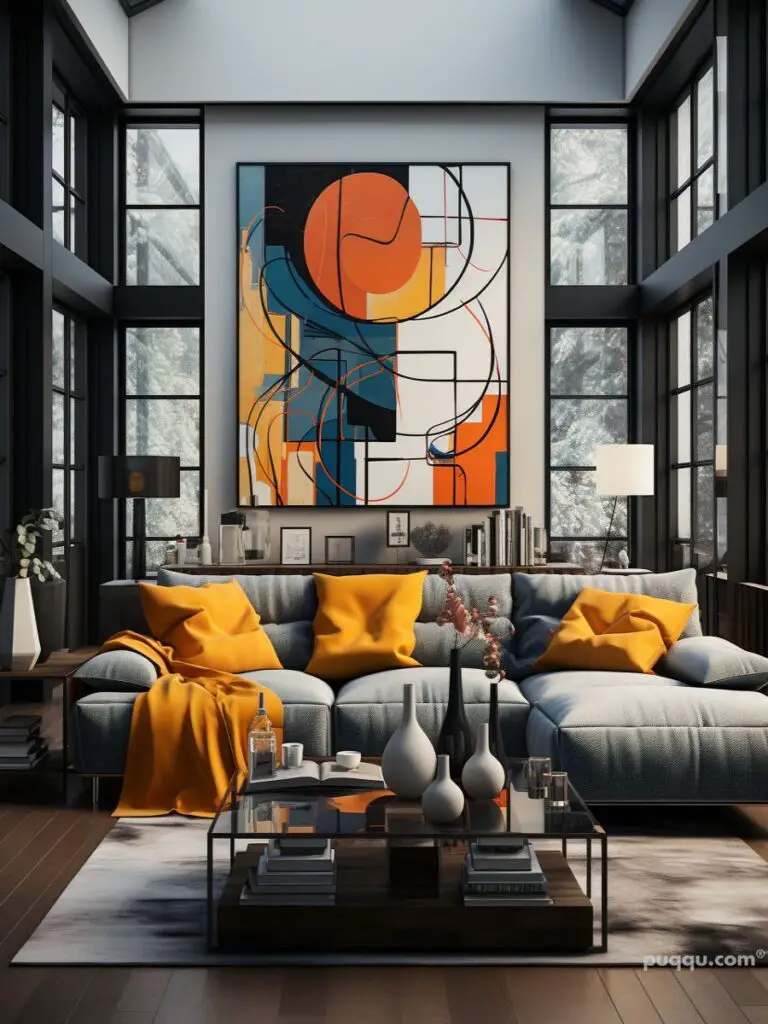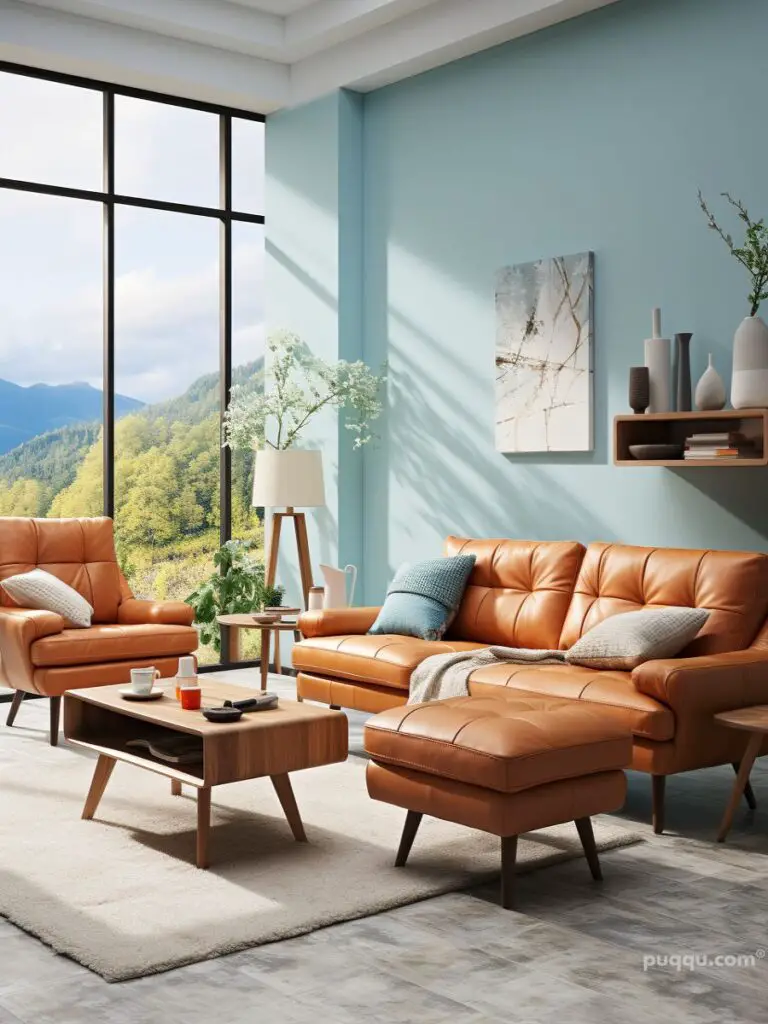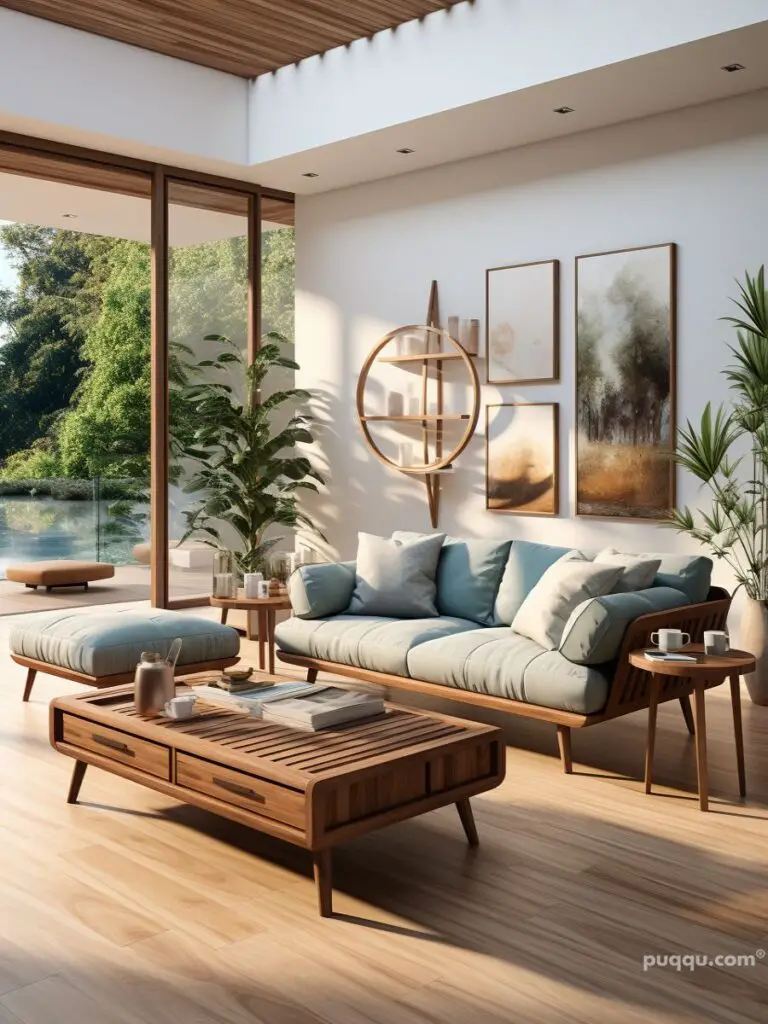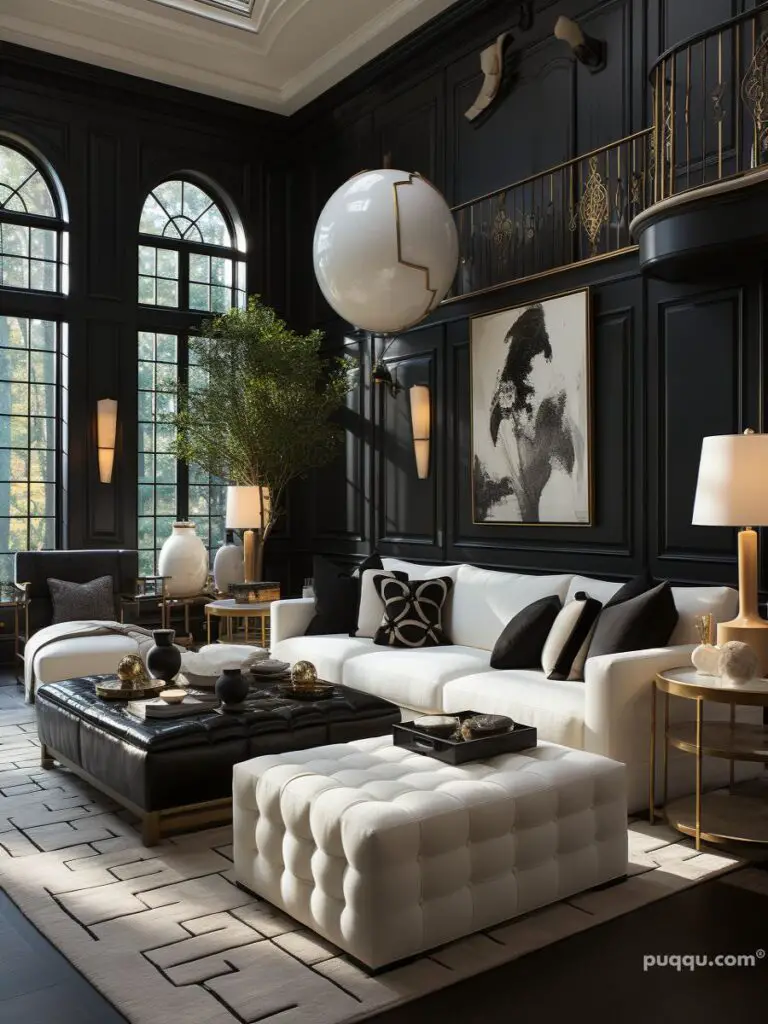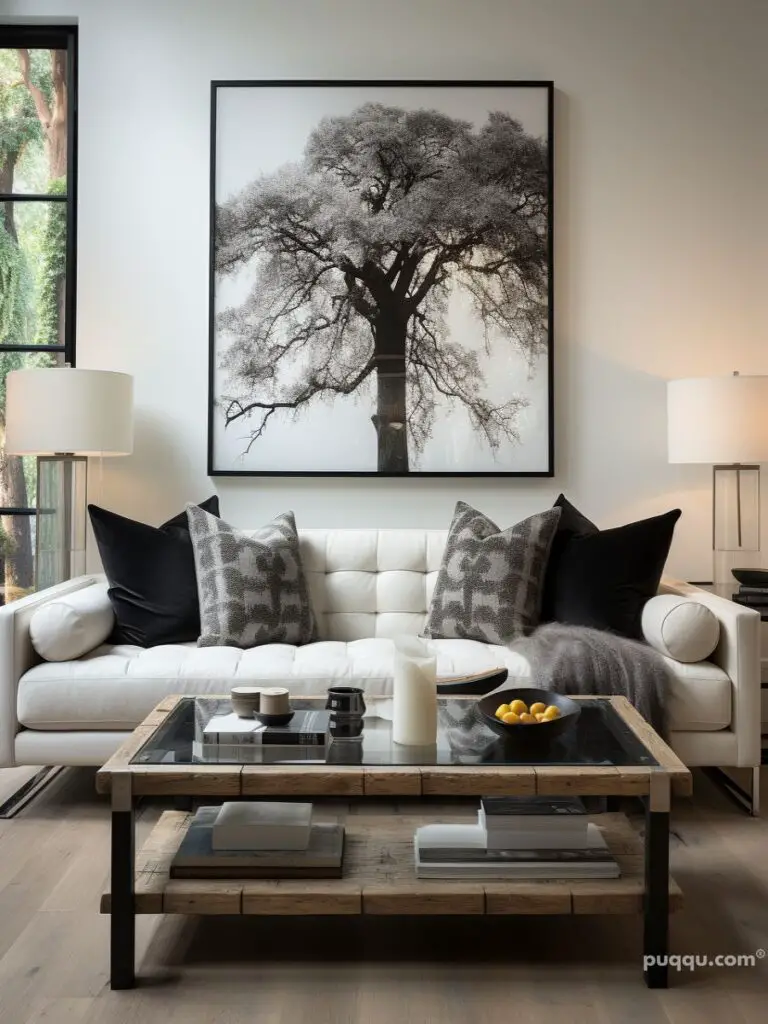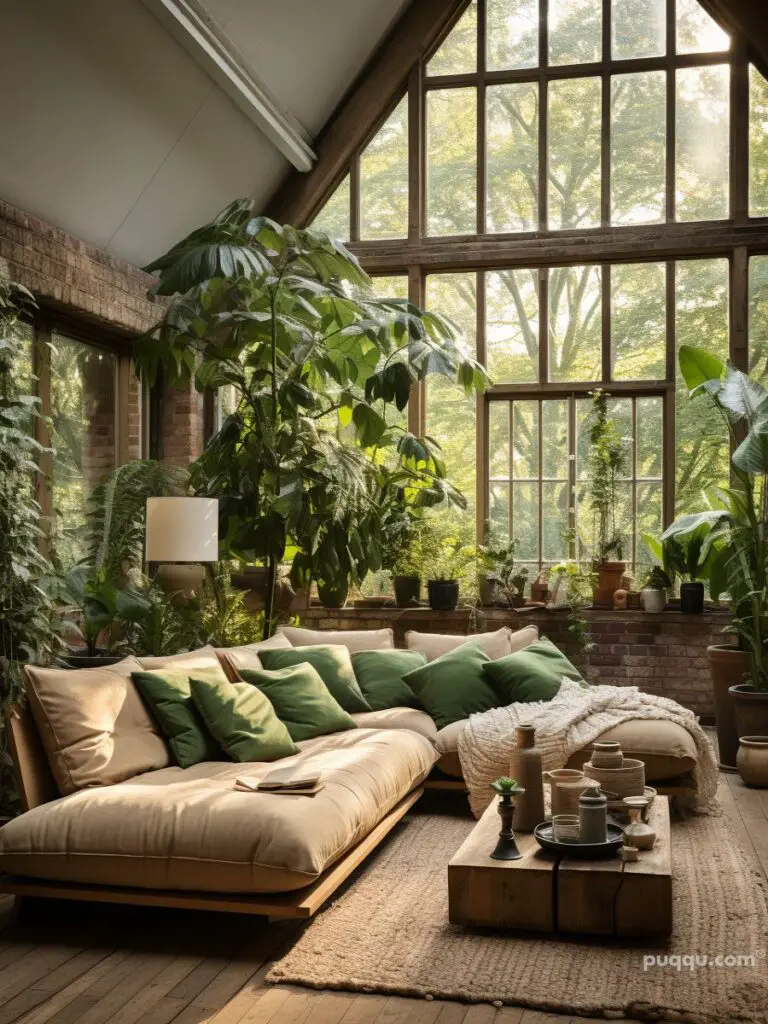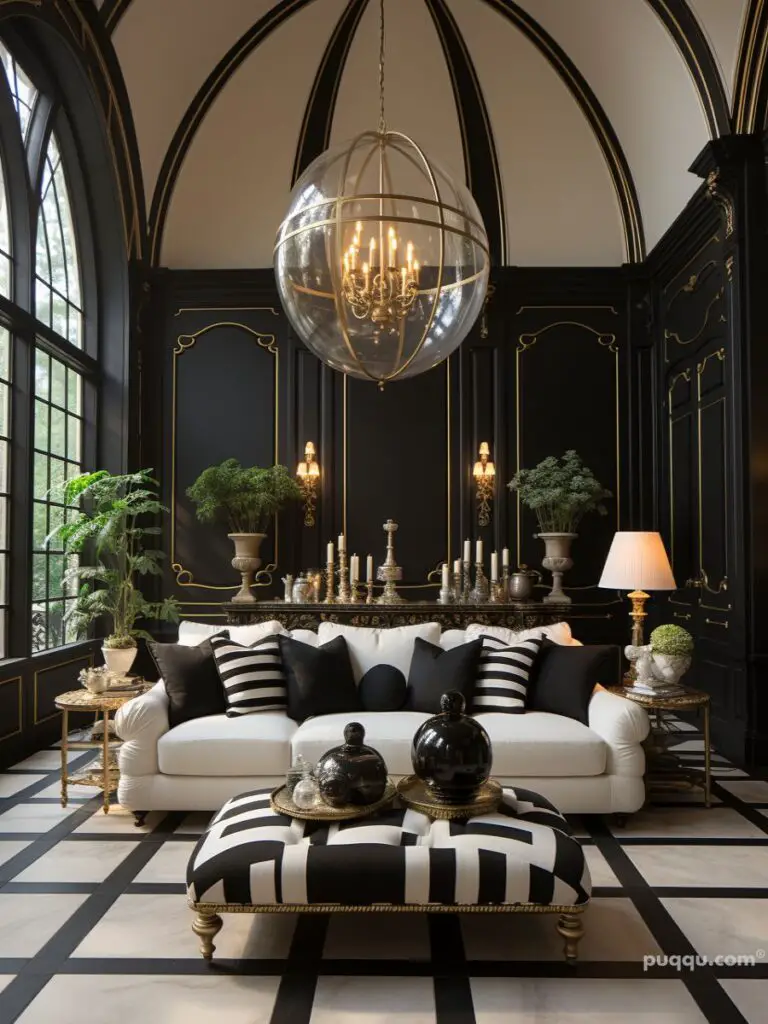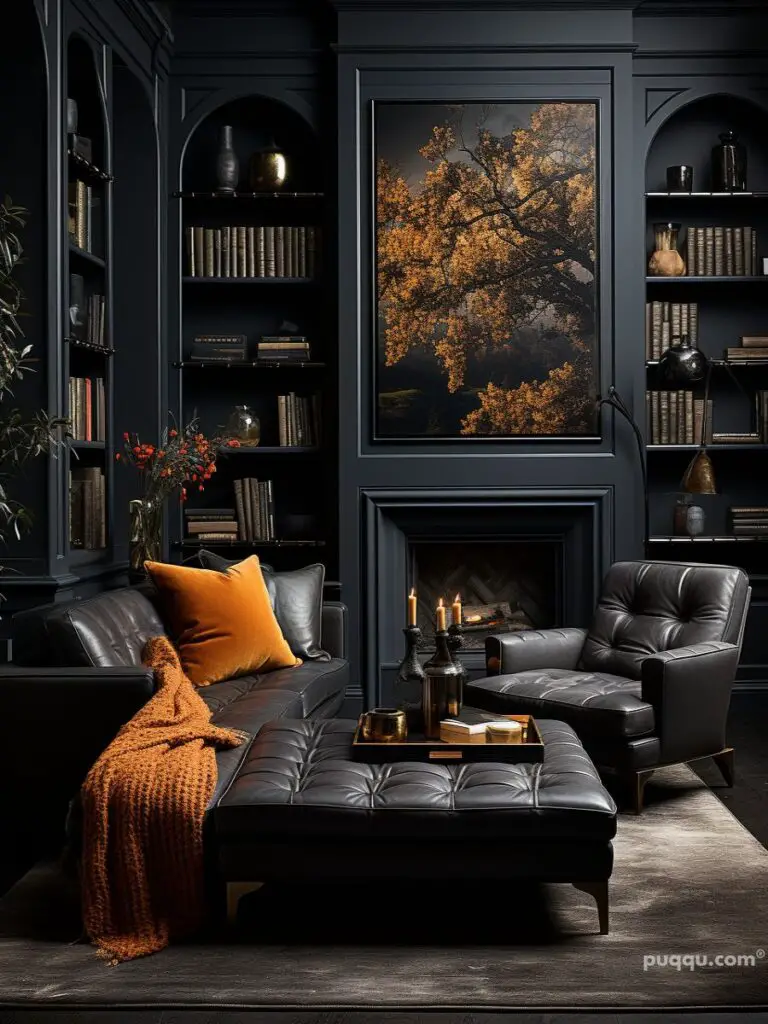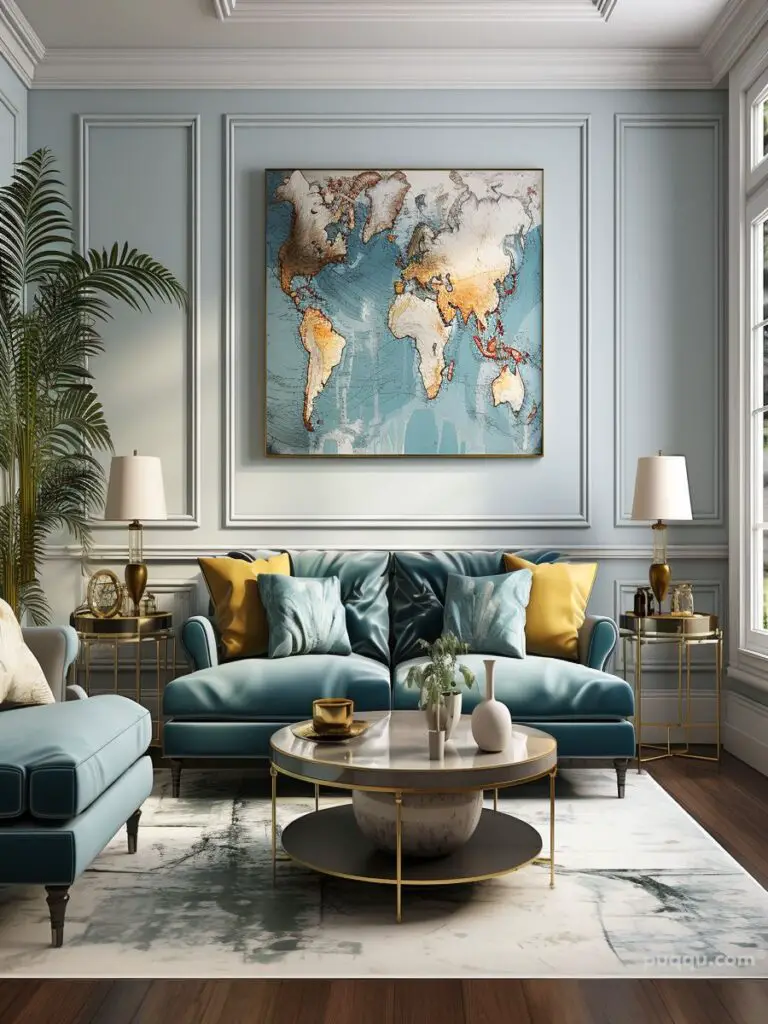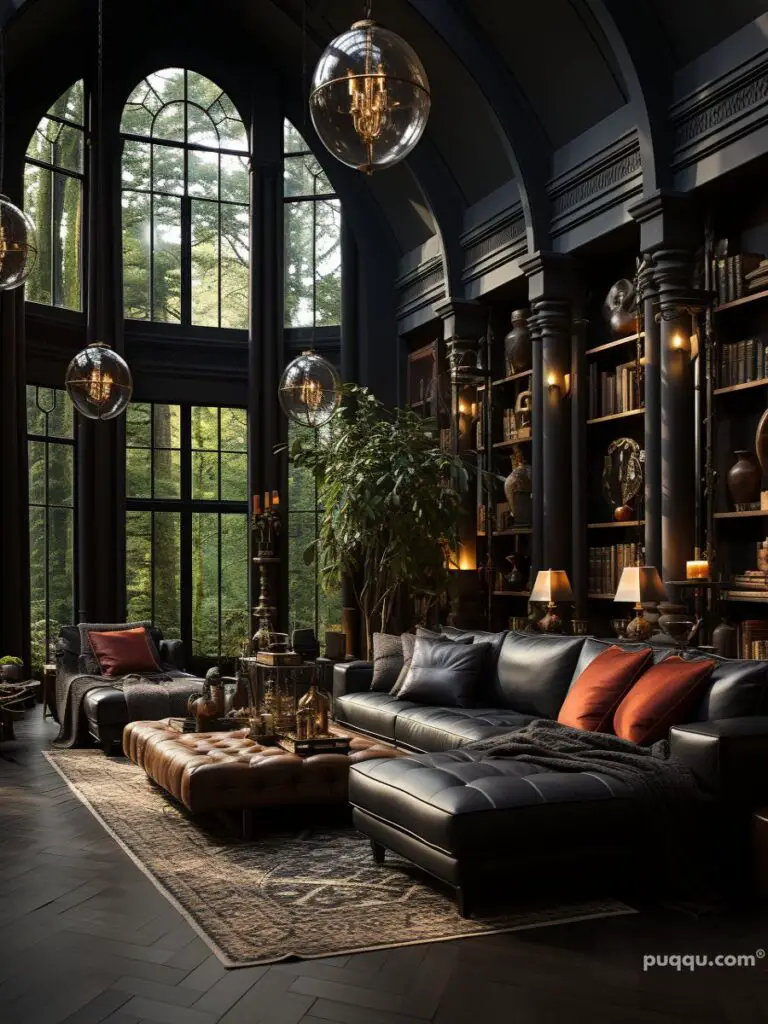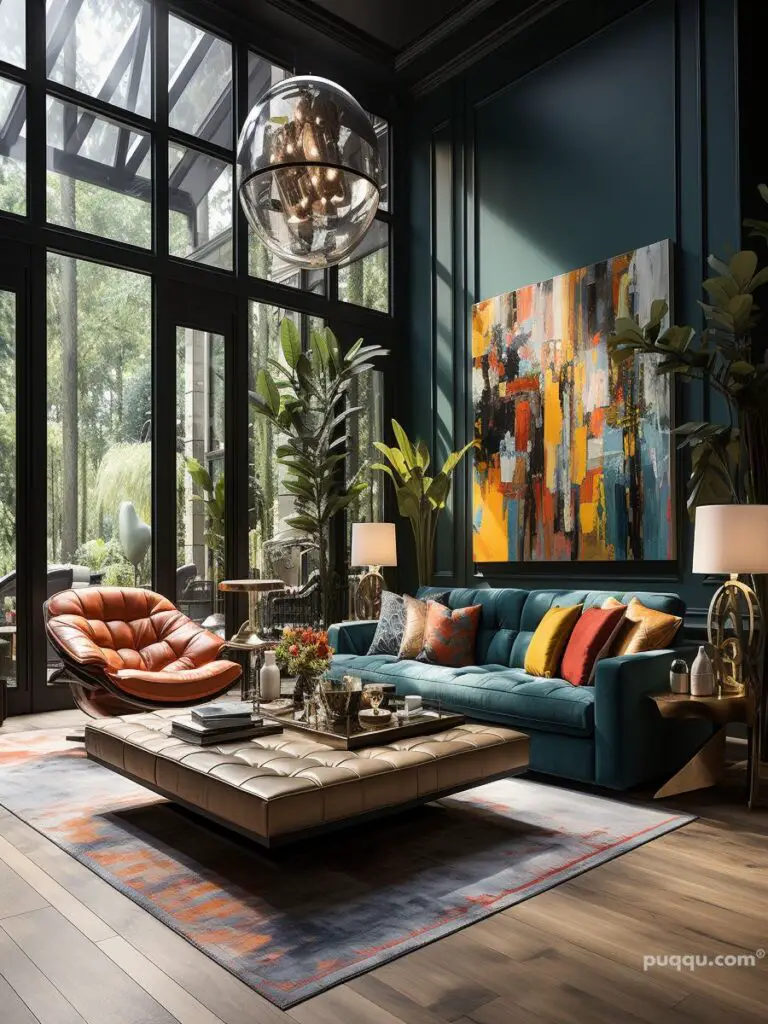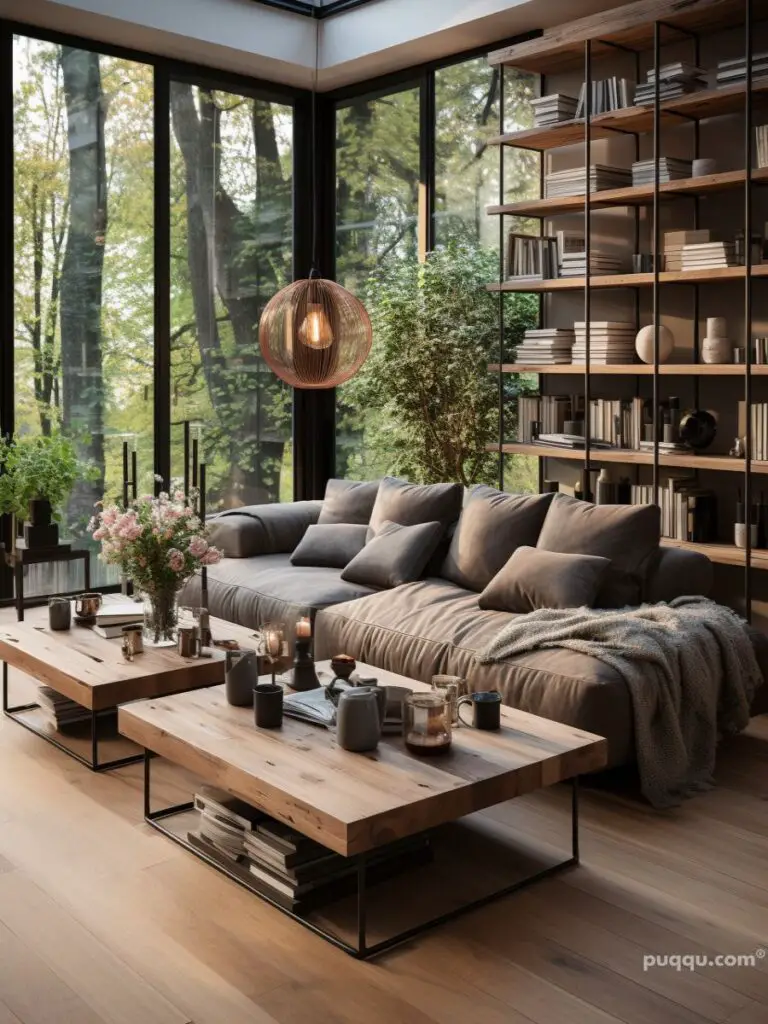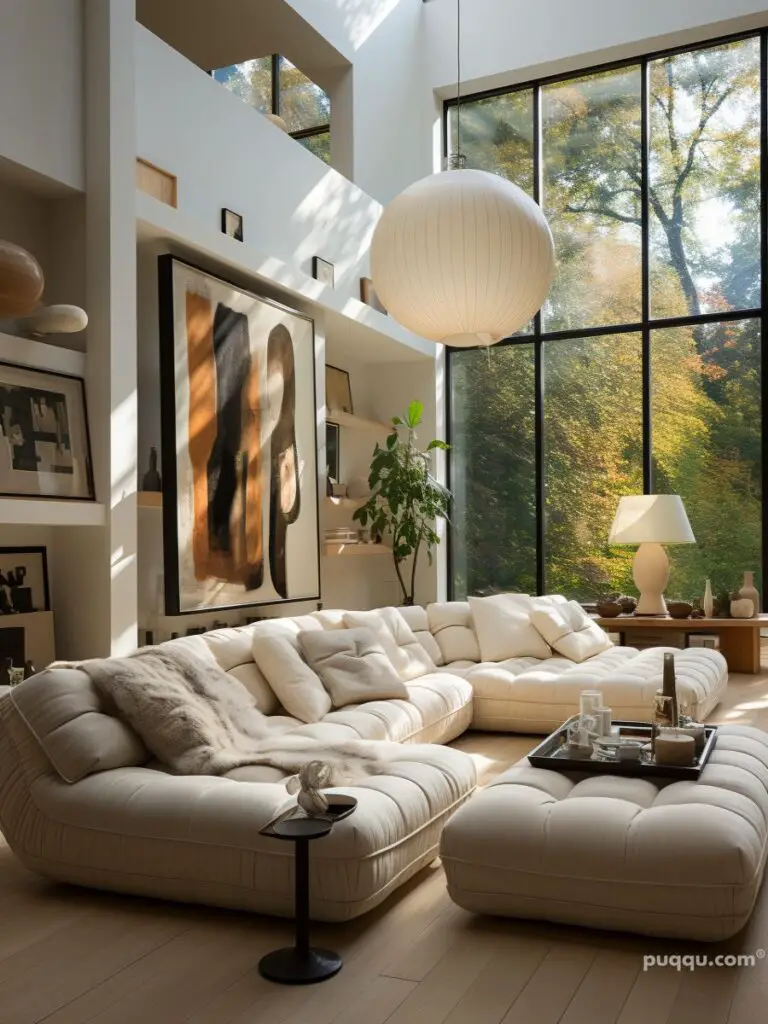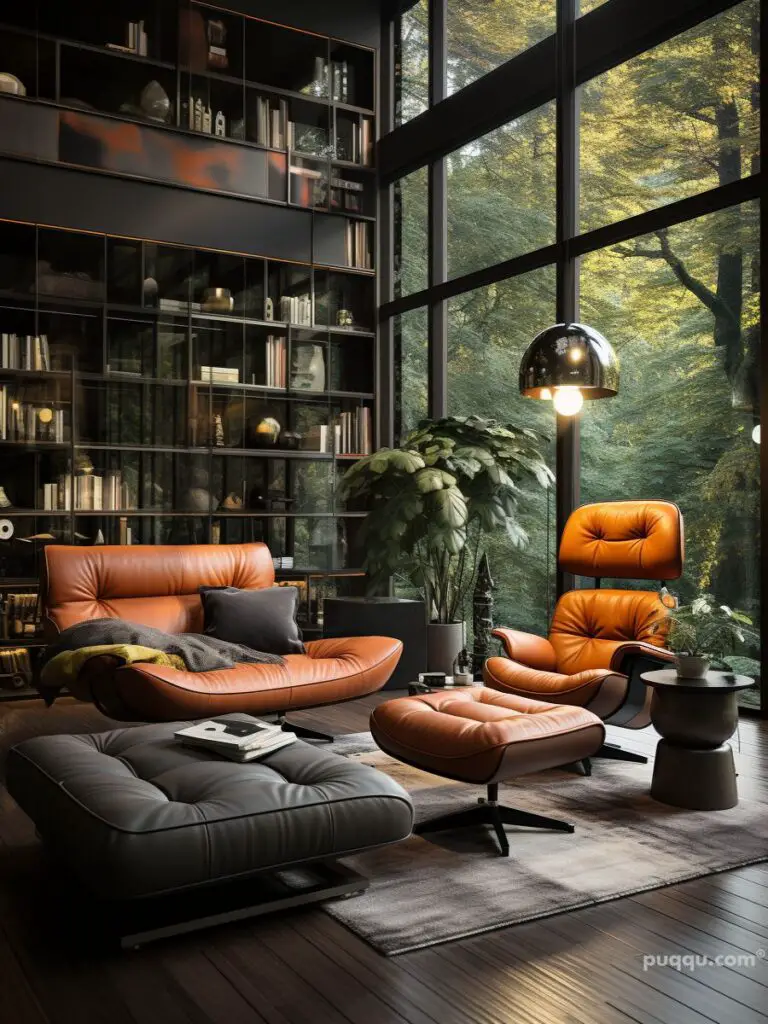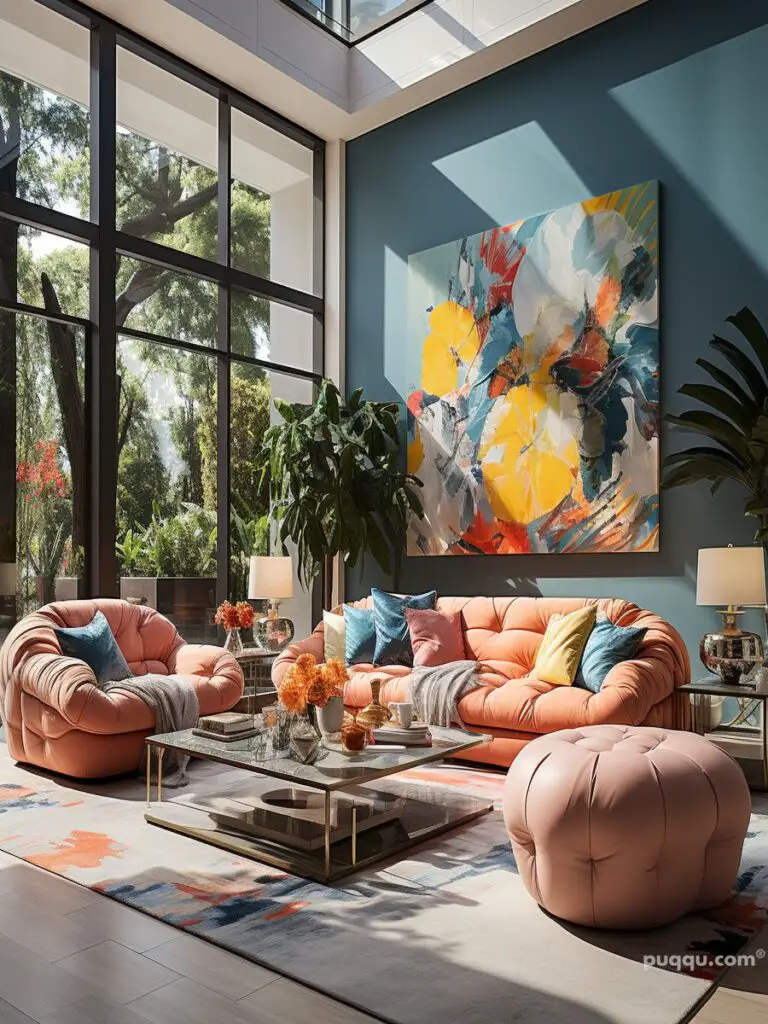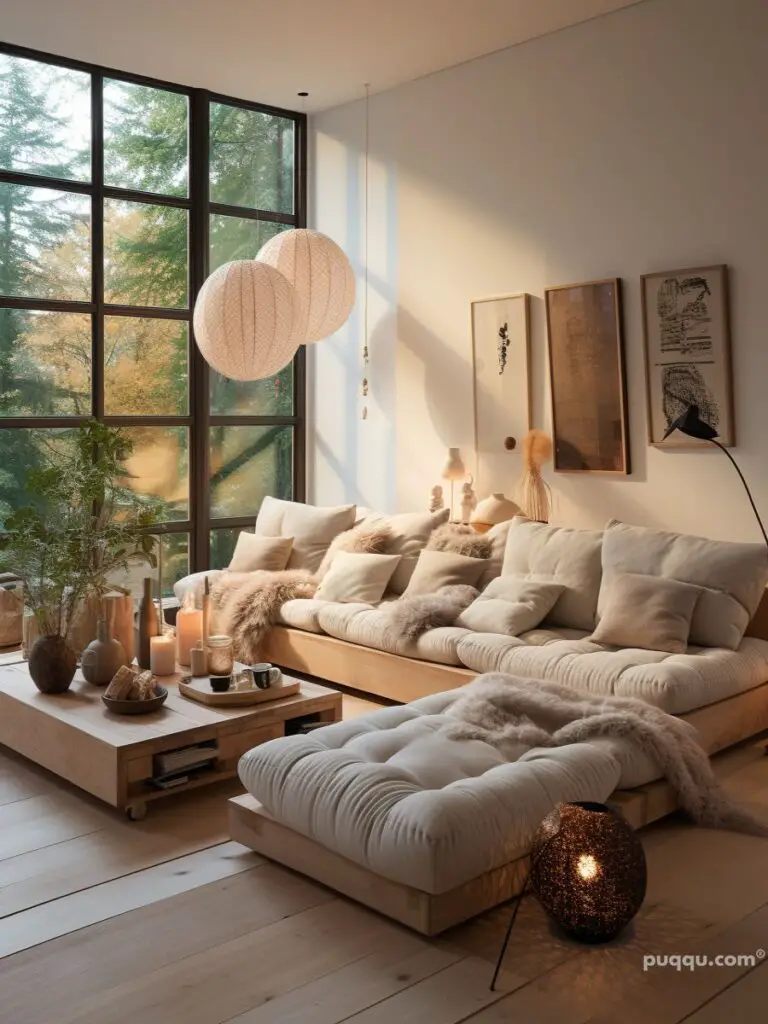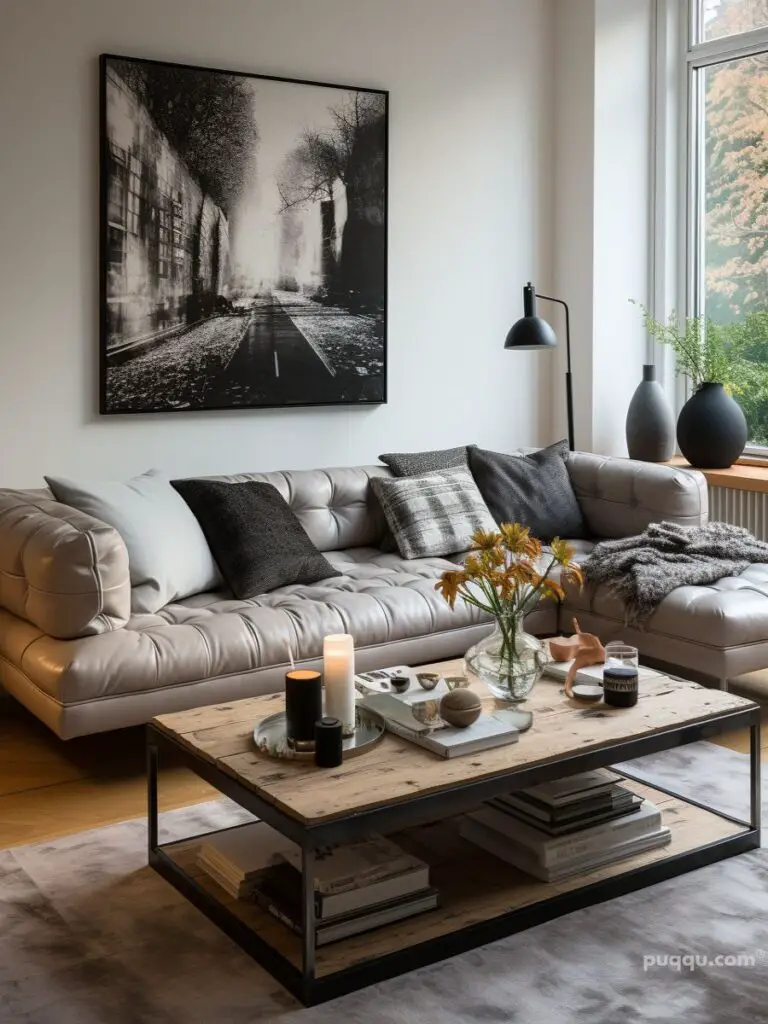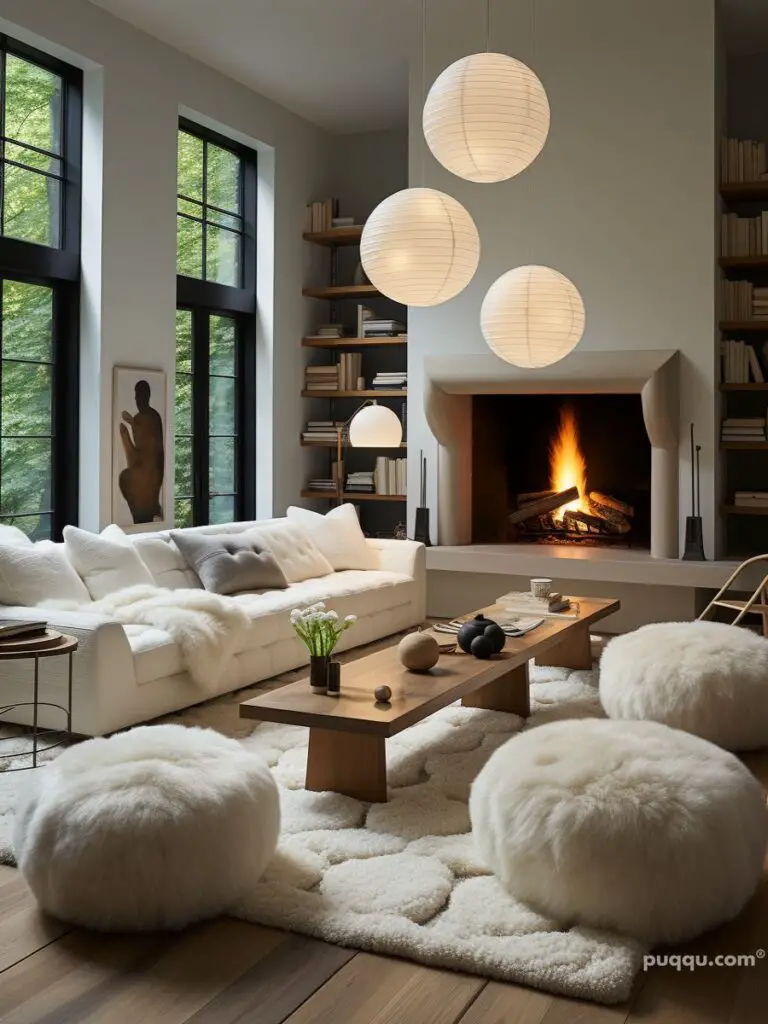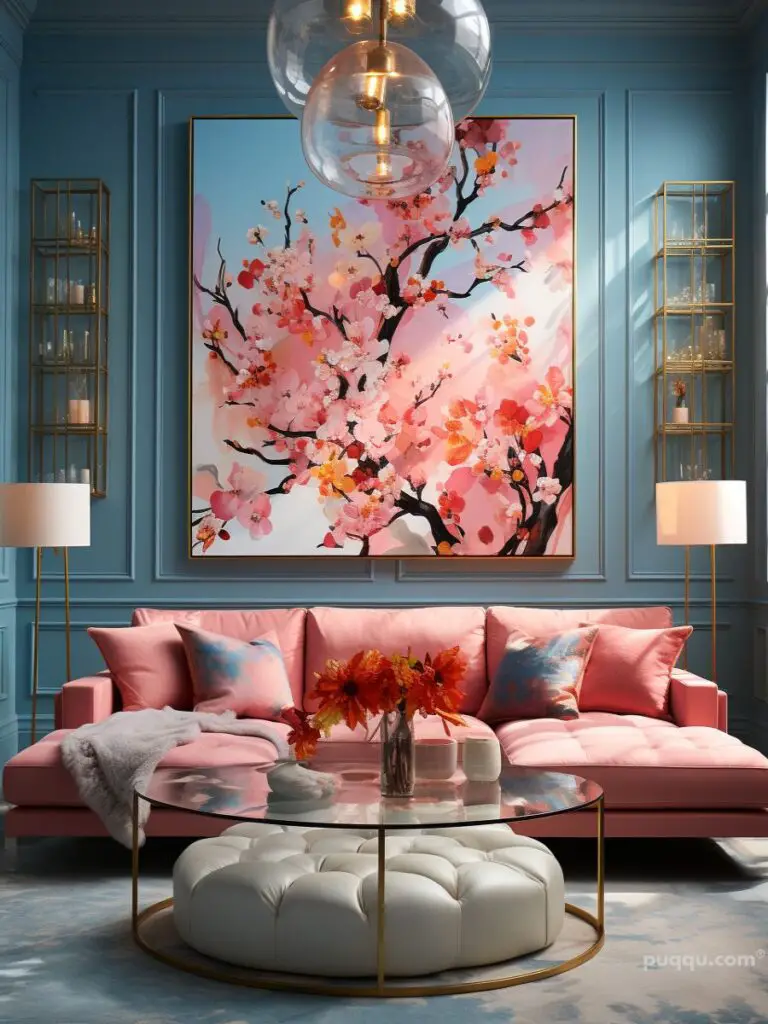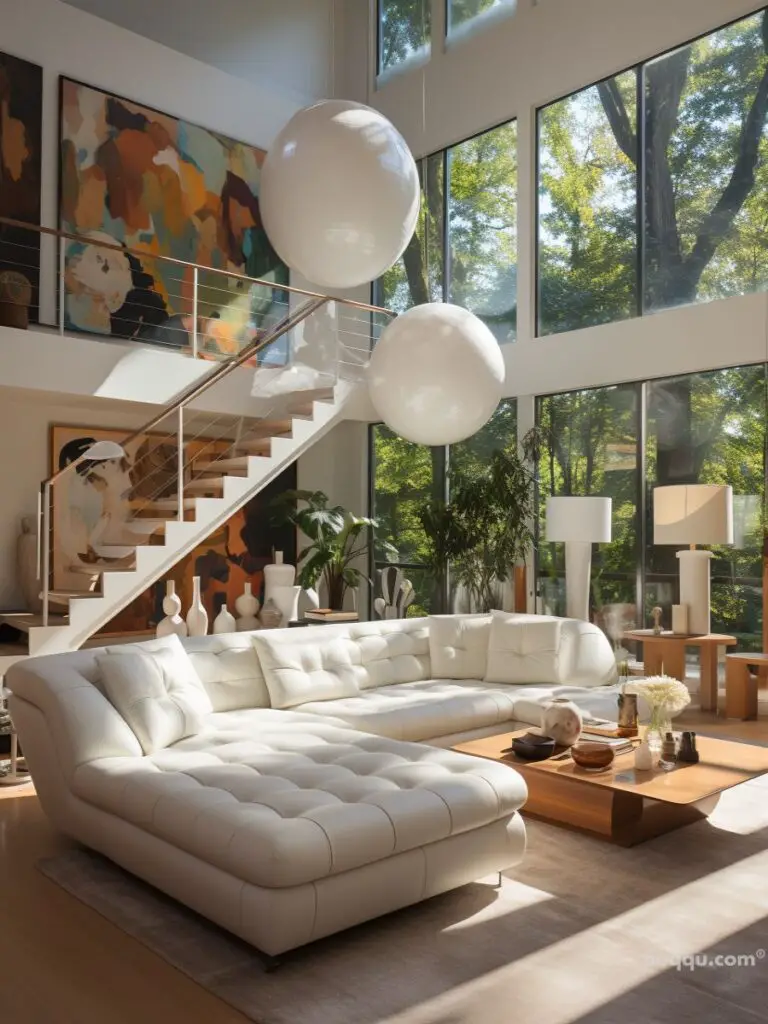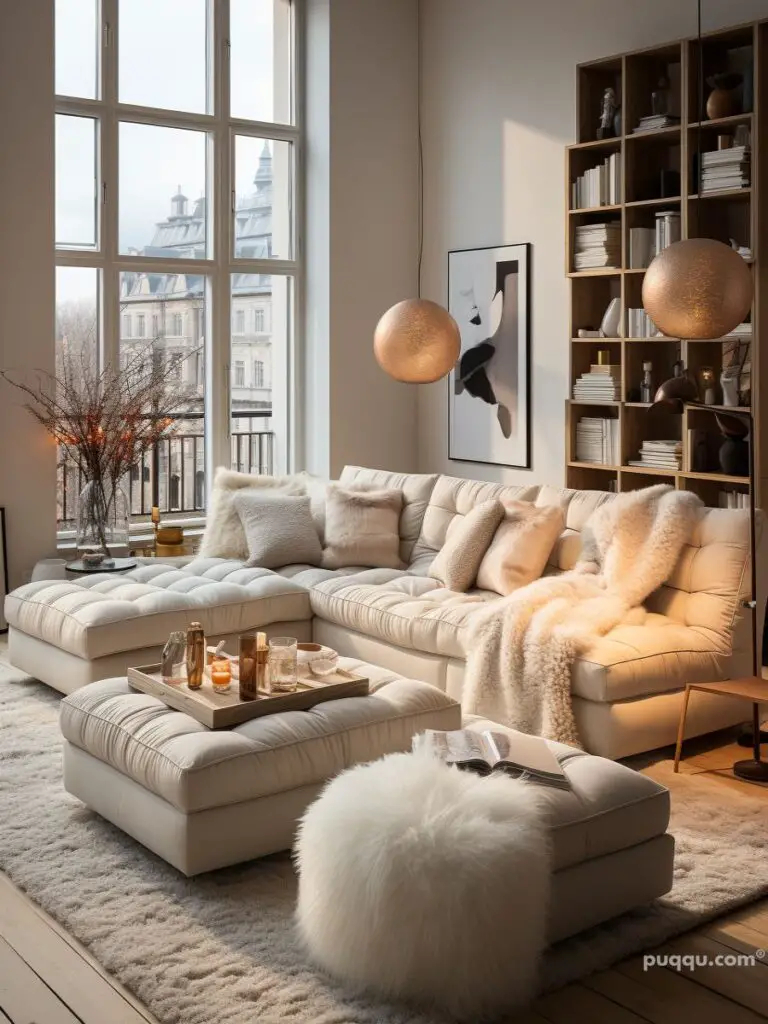Embrace Elegance with Minimalism
In the dynamic landscape of interior design, the year 2024 is set to witness a resurgence of minimalist living room designs. Say goodbye to clutter and hello to simplicity. Minimalism isn’t just a style; it’s a way of life. Explore the beauty of clean lines, neutral colors, and functional furniture that effortlessly blends aesthetics with practicality.
Harmonize with Nature: Biophilic Bliss
Connecting with nature within the confines of your living room is the next big trend. Embrace biophilic design by incorporating natural elements like plants, earthy tones, and sustainable materials. Transform your space into a sanctuary that not only looks stunning, but also fosters a sense of tranquility and well-being.
Smart Living, Smart Design
Step into the future with cutting-edge technology seamlessly integrated into your living space. Smart homes are no longer a distant dream but a present reality. From voice-activated assistants to smart lighting and climate control, elevate your living room experience with the latest in home automation. Convenience meets sophistication in the heart of your home.
Versatile Seating Arrangements: Modular Marvels
Bid farewell to traditional sofa sets. 2024 is the year of modular seating arrangements. Versatility takes center stage as homeowners opt for customizable, adaptable furniture. Mix and match to create the perfect seating layout that suits your lifestyle. From cozy corners to open spaces, let your living room furniture evolve with your needs.
Artistic Expression: Statement Walls
Transform your living room into a canvas of self-expression. Statement walls are making a grand comeback in 2024. Whether it’s bold colors, intricate wallpaper, or personalized artwork, let one wall speak volumes. Elevate the aesthetics of your space with a focal point that reflects your unique style and personality.
Illuminating Style: Creative Lighting Fixtures
Lighting isn’t just functional; it’s a design element that can redefine your living room ambiance. Explore unconventional lighting fixtures that double as artistic installations. Pendant lights, floor lamps, and creative LED arrangements are the key players in setting the mood and adding a touch of glamour to your space.
Sustainable Chic: Eco-Friendly Living
As the world leans towards sustainability, so does interior design. 2024 marks the rise of eco-friendly living room designs. Choose furniture made from recycled materials, opt for energy-efficient lighting, and embrace upcycled decor. Create a space that not only looks good, but also contributes to a greener, more sustainable planet.
Conclusion
In the ever-evolving realm of interior design, staying ahead of the curve is essential. The living room trends of 2024 promise a blend of elegance, functionality, and sustainability. From embracing minimalism to integrating smart technology, these trends offer a glimpse into the future of stylish and innovative living spaces. Redefine your living room with these trends and make a statement that transcends time.
